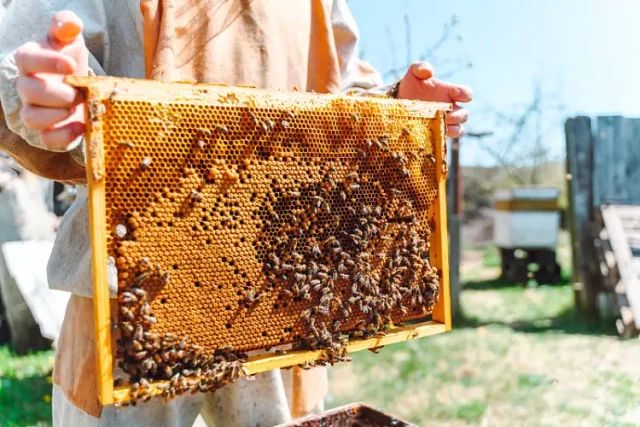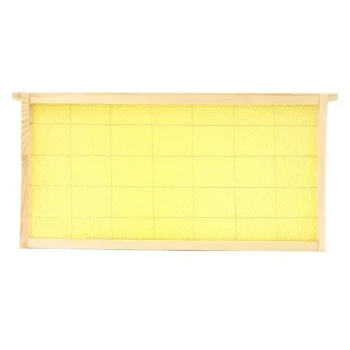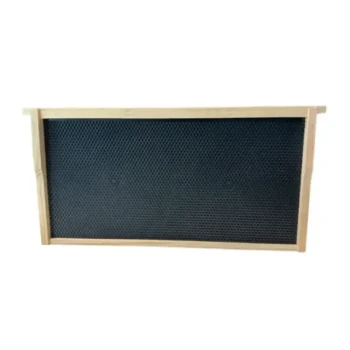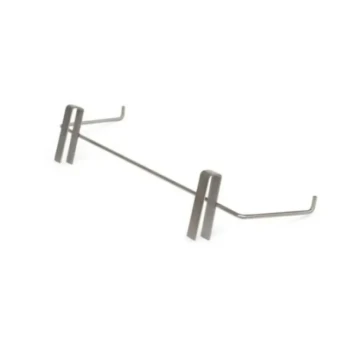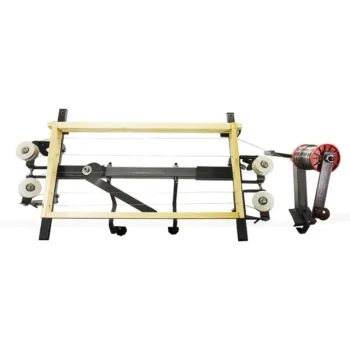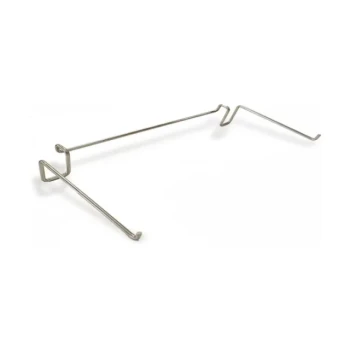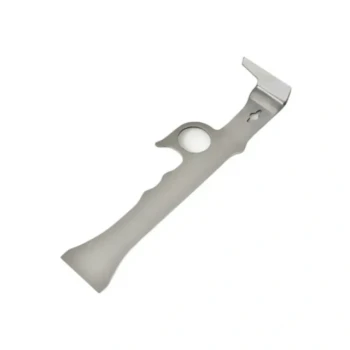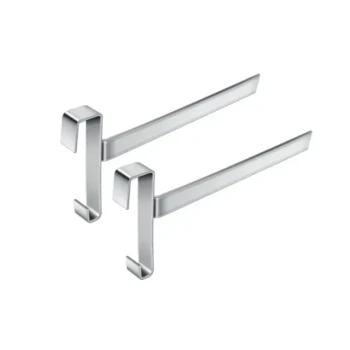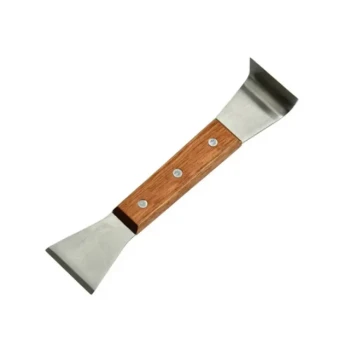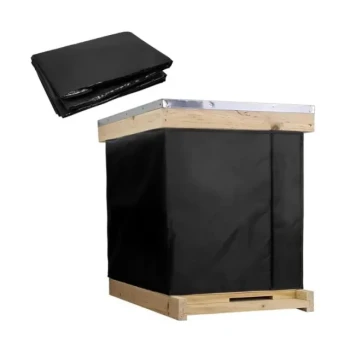Beekeepers face a constant balancing act: maximizing honey production while maintaining hive health and operational efficiency. The number of frames you place in a standard 10-frame box significantly impacts all three factors. This guide examines the science behind frame spacing, compares configurations (7–10 frames), and provides actionable strategies tailored to your beekeeping goals.
Understanding Frame Spacing in Beekeeping
The Science of Comb Width and Bee Space Theory
Honeybees naturally maintain 1/4" to 3/8" of space ("bee space") between combs for movement. Deviating from this range triggers undesirable behaviors:
- Too narrow : Bees fill gaps with propolis, making frames difficult to inspect.
- Too wide: Bees build erratic "cross comb," disrupting hive organization.
Research shows that bees in 10-frame boxes with 9 frames create wider honey cells (up to 5.2mm vs. 4.9mm in tight spacing), allowing ~10–15% more honey storage per frame.
Trade-offs Between Honey Storage and Brood Health
- 10 frames: Maximizes brood area but limits honey yield per frame. Ideal for expanding colonies or nucleus hive production.
- 7–9 frames: Encourages thicker honeycomb (better extraction efficiency) but may reduce brood-rearing space. Best for honey-focused operations.
Practical Tip: In winter, an 8-frame configuration mimics wild bees’ preference for tall, narrow cavities, improving cluster warmth and honey access.
Evaluating Frame Counts: 7, 8, 9, or 10 Frames?
Impact on Honey Yield and Extraction Workflow
- 10 frames: Higher total honey potential (~20–30 lbs per box) but requires processing more frames during harvest.
- 8 frames: Lighter (easier lifting) and promotes fuller comb, reducing extraction labor. Yields ~15–25 lbs per box.
- 9 frames (in 10-frame box): A middle ground—wider comb for efficient extraction while retaining 90% of brood space.
Data Insight: Commercial beekeepers using 9 frames report 20% faster harvests due to fewer frames with higher honey density.
Comb Stability and Brood Rearing Efficiency
- Brood health: Tight spacing (10 frames) supports uniform brood patterns but risks "overcrowding" swarming triggers.
- Comb durability: Wider comb from 7–8 frames is less prone to breaking during inspections.
Case Example: A study of 200 hives found 9-frame configurations reduced cross-comb incidents by 40% compared to 10 frames.
Practical Strategies for Different Scenarios
Maximizing Honey Production in Flow Hive Systems
- Use 8 frames in honey supers: Wider comb aligns with Flow Hive’s split-cell design, improving honey release.
- Reserve 10 frames for brood boxes: Ensures colony growth to sustain honey production.
Seasonal Adjustments for Swarm Prevention
- Spring: Start with 10 frames to accommodate rapid brood expansion.
- Pre-swarm season (early summer): Remove 1–2 frames to create space, mimicking "wild hive" expansion patterns.
- Winter: Switch to 8 frames for better insulation and honey accessibility.
Pro Tip: Pair frame reduction with nucleus hive creation—transferring excess brood to nucs prevents swarming while growing your apiary.
Ready to Optimize Your Hives?
HONESTBEE’s durable beekeeping equipment helps commercial apiaries and distributors achieve the perfect balance between yield, bee welfare, and efficiency. Explore our wholesale solutions designed for beekeepers who value smart scalability and healthy hives.
Key Takeaways:
- 9 frames in a 10-frame box offer the best compromise for most operations.
- Adjust frame counts seasonally: more in spring, fewer in winter.
- Wider comb = easier extraction but requires monitoring for brood space.
Visual Guide
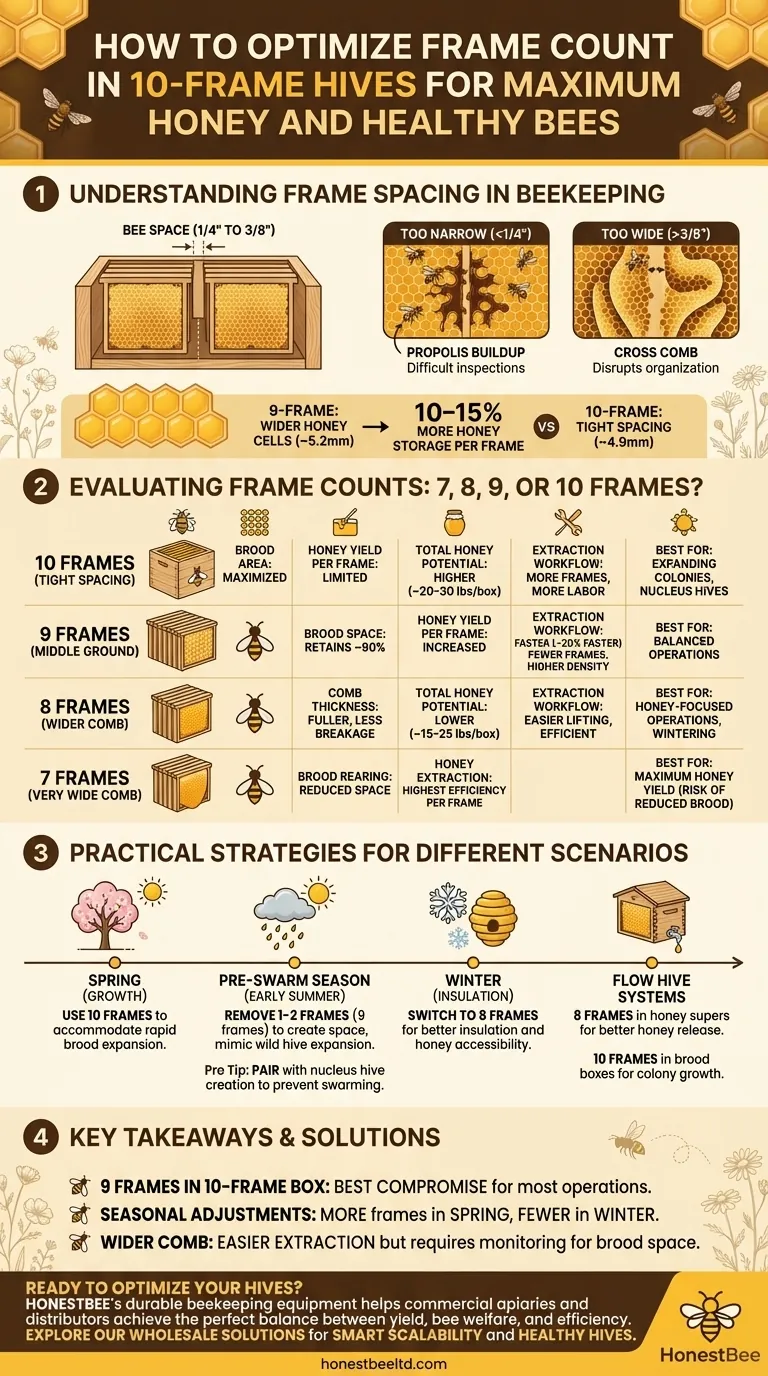
Related Products
- Assembled Wooden Bee Frames with Beeswax Foundation Ready to Use by HONESTBEE
- Assembled Wooden Bee Frames with Plastic Foundation for Durability and Convenience by HONESTBEE
- Heavy-Duty Stainless Steel Clip-On Frame Perch
- Langstroth Bee Hives Bee Keeping Box for Beginners Beekeeping
- Long Langstroth Style Horizontal Top Bar Hive for Wholesale
Related Articles
- How Wooden Frames Deliver Better Long-Term Value for Commercial Beekeepers
- Unlock Self-Sufficiency: The HONESTBEE Semi-Automatic Bee Frame Machine – Your All-in-One Workshop Solution
- Assembled vs. Unassembled Frames: A Beekeeper’s Time-Value Analysis
- Beyond the Scraper: The Invisible War on a Beehive Frame
- How Honey Frames Naturally Manage Queen Bees Without Compromising Colony Health
